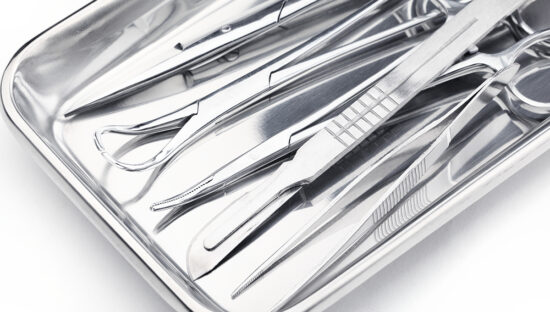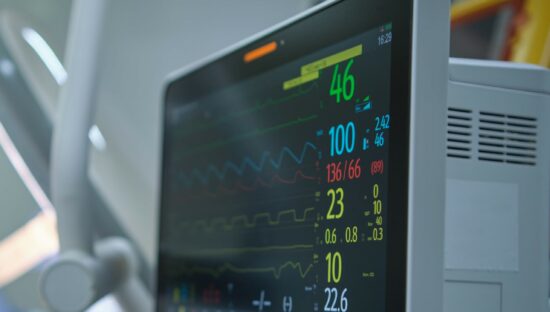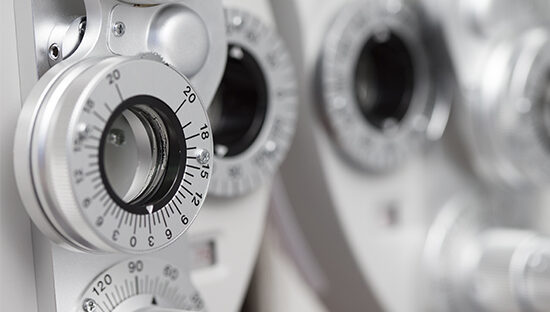
Who are the Food and Drug Administration?
The Food and Drug Administration (FDA) is a government agency that is responsible for regulating an extensive range of food and health related products in the United States (US). This includes drugs, medical devices, cosmetics, tobacco products, the nation’s food supply and products that emit radiation. Their primary aim is to ensure these products (which make up about 20% of consumer purchases in the US) meet certain quality standards prior to being placed on the market.
The FDA conducts inspections and reviews facilities where these regulated products are produced, where the testing on animals and clinical trials are conducted and at the border where regulated products are imported. There are four different types of inspections the FDA may carry out including pre-approval inspections, routine inspections, compliance follow-ups, and “for cause” inspections. These inspections each have a different focus, however the overall aim is to verify compliance with all relevant regulations to help protect consumers from unsafe products.
Medical Device Route to Market in the US
Although there are three routes to market that are commonly known, there are currently seven different pathways that can be used to bring a medical device to the market in the US. Depending on the specific circumstances of the device one of the following pathways can be used:
- Premarket Notification 510(k): this is the most common route to market for medical devices in the US that are not exempt from pre-market review.
- Premarket Approval (PMA): this application is required for new or high risk (Class III) devices.
- De Novo: this is designed for “novel” devices without a predicate as an alternative pathway to be authorised a Class I or Class II device.
- Humanitarian Device Exemption (HDE): this pathway is for devices intended to treat or diagnose diseases or conditions affecting less than 4,000 individuals in the US per year.
- Customer Device Exemption (CDE): custom devices created or modified to meet the specific needs on an individual physician or dentist can use this pathway, so long as no more than 5 units per year of the particular device are made.
- Expanded Access Programme (EAP): this allows an investigational device to be used, outside trial in specific situations as compassionate or emergency use provisions.
- Product Development Protocol (PDP): this allows companies designing and developing technology that is well established in the industry to have an early agreement with the FDA where acceptance of outputs and milestones during development will result in an “approved” PMA at the end of the process.
Although some of these exemption routes mean that premarket approval is not required, it does not prevent them from having to conform to many of the other requirements to ensure the safety of the product.

Basic Regulatory Requirements for Medical Devices
Manufacturers of medical devices must ensure that their product complies with the basic regulatory requirements in order to distribute them in the US. Although some may not be applicable to all devices, the basic regulatory requirements include:
- Establishment registration- 21 CFR Part 807
- Medical device listing – 21 CFR Part 807
- Premarket Notification 510(k) or PMA, unless exempt
- Investigational Device Exemption (IDE) for clinical studies
- Quality System (QS) regulation
- Labelling requirements
- Medical Device Reporting (MDR)
What is a Premarket Notification 510(k)?
The Premarket Notification 510(k) is a process where manufacturers of medical devices notify the FDA of a new or modified device which they plan to sell on the US market. This submission then allows the FDA to determine whether the device is sufficiently equivalent to one or more predicate devices detailed within the application as well as that it meets all the relevant regulatory requirements. This route to market is the method which the majority of medical devices within the US obtain marketing clearance.
Medical devices which require a premarket submission (and are not exempt or require a Premarket Approval) have three types of 510(k) submissions to choose from:
- Traditional
- Special
- Abbreviated
The traditional pathway is the most commonly used and is probably the first process that anyone thinks of when it comes to medical devices being placed on the market in the US. This is used for any original devices which has not been previously cleared (as well as modified devices that do not qualify for the Special 510(k) process). Manufacturers must be able to provide substantial evidence to at least one predicate device, taking into consideration the intended use and technological characteristics. The FDA aim to make a Medical Device User Fee Amendments (MDUFA) Decision within 90 days of receiving an application (compared to 150 days for De Novo applications and either 180 days or 320 days for PMAs, depending on if a panel meeting is required).
What is the special 510(k) pathway?
The special 510(k) pathway was developed in 1998 as an optional pathway “for certain well-defined device modifications where a manufacturer modifies its own legally marketed device, and design control procedures produce reliable results that can form, in addition to other 510(k) content requirements, the basis for substantial equivalence (SE).” The special 510(k) may be appropriate if the following criteria is met for the modifications carried out:
- The change has been made to the manufacturer’s own legally marketed device
- Performance is unnecessary (or well-established methods are available to evaluate the change)
- All the data can be reviewed in summary or risk analysis format
The FDA aim to review applications within 30 days from receipt and will notify the manufacturer/submitter if the traditional pathway is required for their application. Due to the short timeframe additional considerations of circumstances also mean this pathway would not be appropriate, for example changes in more than 3 scientific disciplines, changes from single-use to reusable or if complete test reports will be necessary to establish SE.
Lastly, the abbreviated 510(k) pathway allows manufacturers to provide summary reports as part of the submission when it relies on one or more of the following:
- FDA guidance document(s)
- Demonstration of compliance with special controls for the device type, either in a device-specific classification regulation or a special controls guidance document; and/or
- Voluntary consensus standard(s)
This process does not change the regulatory or other requirements that must be complied with, and all sections of the traditional 510(k) must be included, however in some cases it is more appropriate for a manufacturer to prove SE through the above points, rather than against a predicate device.
Regardless of the route that manufactures determine is most appropriate, or if they are exempt from premarket approval, all medical devices must be registered with the FDA. This helps to enable them to maintain several medical device databases including registered devices, recalled devices, product classification and establishments registered.





